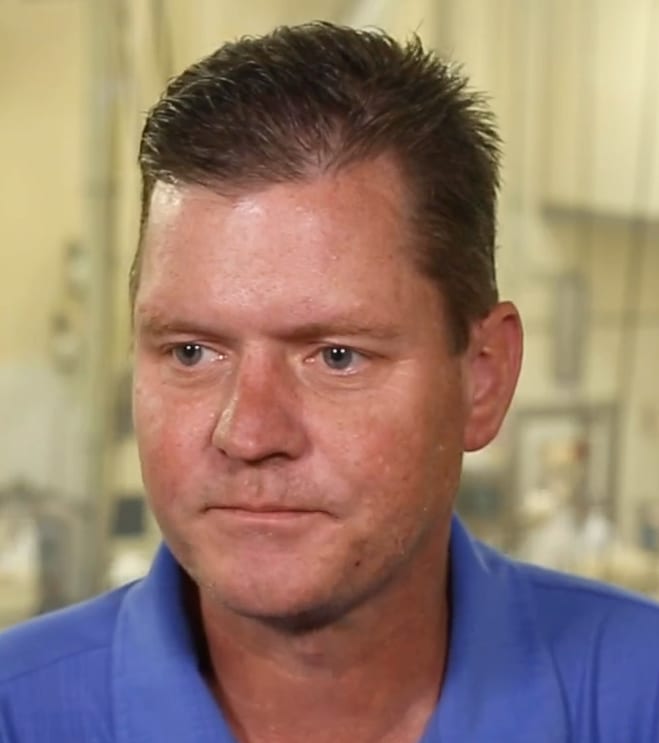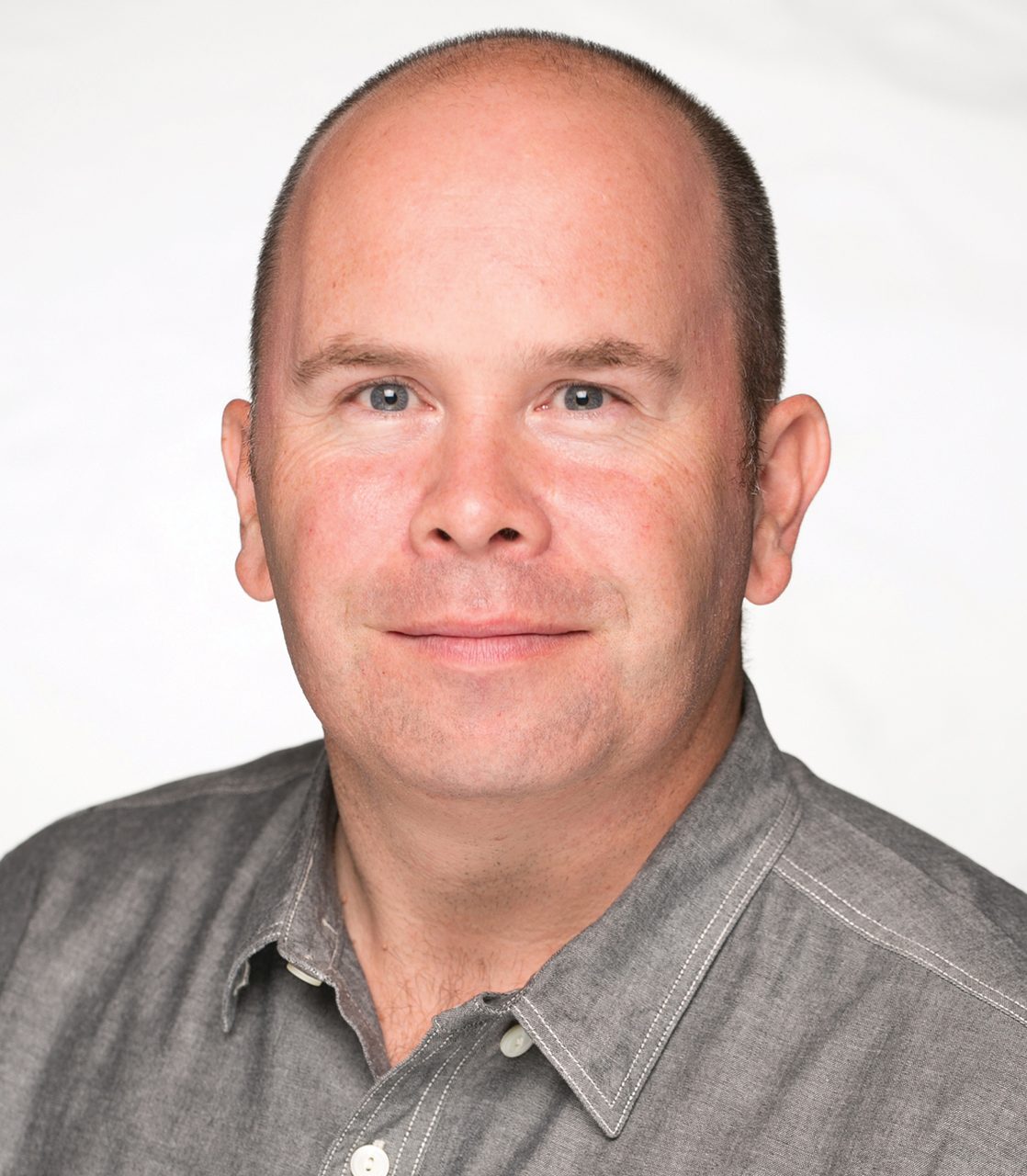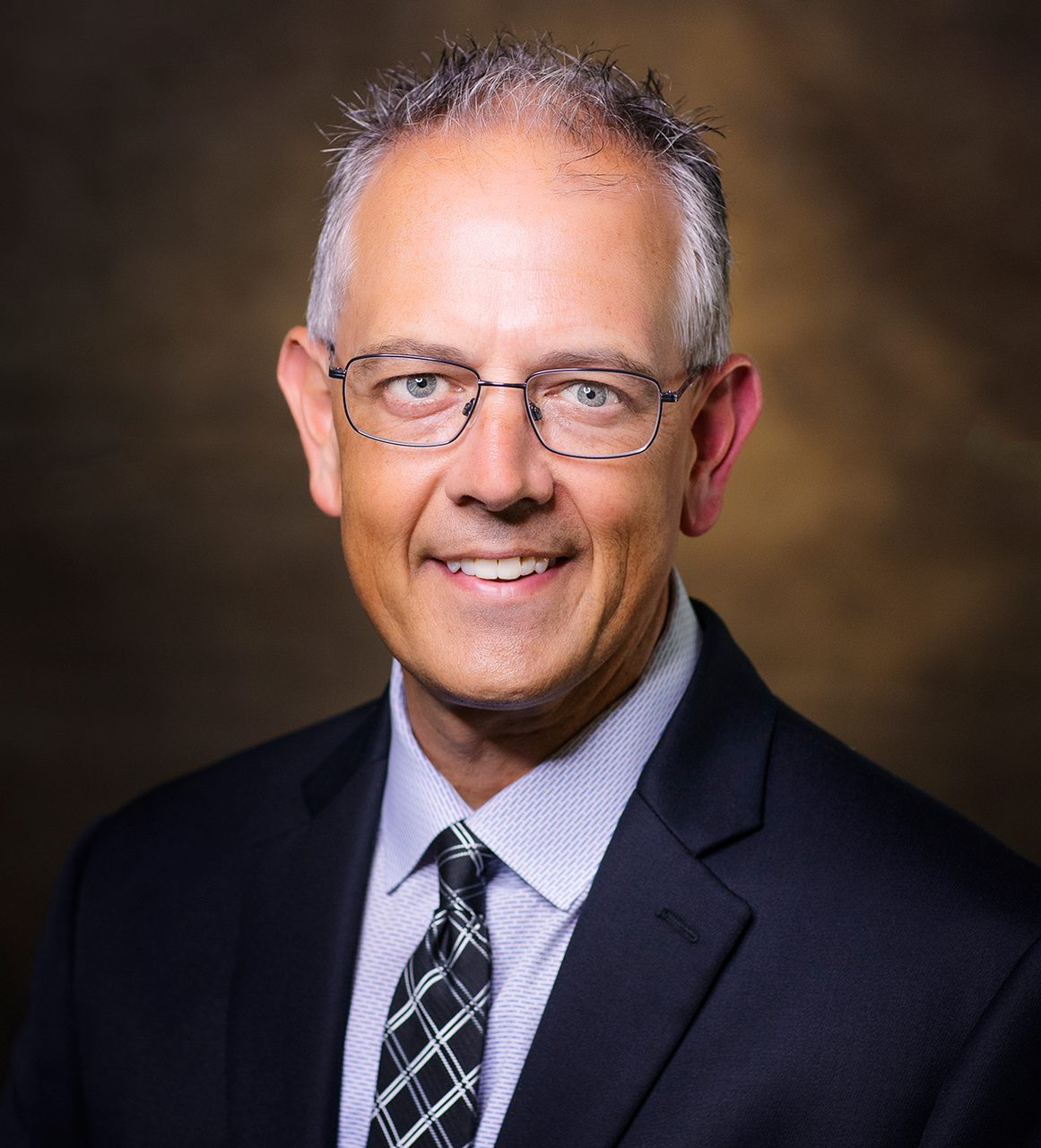FA&M 2021 Conference Highlights
Engineering Keynote

Wayne Labs, Senior Technical Editor
Getting parts and materials on schedule can be a challenge, let alone the workforce to execute projects and keep plants operational, but technology is helping to fill in the gaps
Engineering Keynote shows persistent staffing/supply chain problems for design upgrades and planning
For the second time in as many years, FE’s annual Food Automation and Manufacturing Conference was held quite successfully online—rather than in person—due to the persistent COVID-19 pandemic. These issues affecting FA&M physical attendance, however, are not lost on food and beverage processors as they try to plan, design and build upgrades to their facilities with not enough people power. Not only does this shortage put a crimp on plant improvements, but also operations. And, of course, labor shortages have also detrimentally challenged supply chains, making delivery schedules tentative in many cases.
Our panel discussion featured Anthony Doss, VP of engineering, Tyson Foods; Hugh Roddy, vice president of Chobani’s Global Engineering and Project Management; and Dan Stauft, director of operational technology, SugarCreek.
Dan Stauft


Hugh Roddy
Anthony Doss

Despite these labor-related challenges, the panelists considered the bright side when asked what keeps them up at night with their jobs. “There are two things that come to mind,” said Tyson Foods VP of Engineering Anthony Doss. “One is: Are we providing designs that deliver financially competitive solutions while providing the best human safety for our team members and the best food safety for our customers? The other thing is: Are the things we’re doing today enough to keep us relevant and competitive tomorrow?” Doss said a business has to be adaptable to change every day or fall behind.
But there’s a personal reward to these challenges, said Doss. “The one thing that makes me excited to come to work each day is the opportunity to make a difference in helping other people. I enjoy improving things, making them better, and if I can do something to grow or help somebody else out—whether it’s our employees here or our customers, that’s what really motivates me.”
Fast-paced challenges
Hugh Roddy, vice president of Chobani’s Global Engineering and Project Management, likes a fast-paced challenge in a difficult environment, but realizes the problems of faulty supply chains. “We have massive innovation in the works; we have some huge projects, and a lot of our team and people love coming in.” But Roddy said Chobani likes to go to market fast with innovative new products, but is facing the same supply chain issues as competitors—not only getting parts needed for projects in a timely fashion, but also the workforce, both in finding new talent and keeping existing staff.
Dan Stauft, director of operational technology, SugarCreek, added, “Much like Chobani, we’re in this huge growth pattern right now. We didn’t throttle back when COVID hit; we actually accelerated and we got two new plants in the works. We’ve got new lines flowing in other plants. It’s really exciting. [But,] are we doing enough, fast enough? Are we doing the right things? Is it going to work when we pull the trigger on the new plant? And then, the biggest issue—and the thing that keeps me up at night—is there going to be anyone in the plant to run the equipment?”
“I think the mindset that people should be delighted to come work for us and have a job is out the door. It went away quickly with COVID-19.”
—Hugh Roddy, VP of Chobani's Global Engineering and Project Management
Who’s going to run the equipment?
“Because there’s such a shortage on the plant floor, we’re offering things like overtime pay, double-time pay, and we’re offering additional monetary incentives for people to do additional work, but that has its own downfalls—where people are getting burnt out,” said Roddy. “They really don’t want this. People want to work to live as opposed to live to work.”
“With the challenges that are facing us and the need for the technical resources, I don’t know that there are actually people looking for positions, and then the ones that are, the current employers are the ones going the extra mile to retain those people,” said Doss. “It’s hard to get them away from their current employers.”
What used to be an employer’s market has changed in the last few years. “I think the mindset that people should be delighted to come and work for us and have a job is out the door,” added Roddy. “It went away quickly with COVID-19.”
It’s not just the operators on the floor, it’s the maintenance staff,” Roddy continuef. “It’s all our E&I technicians. We’re trying to look for key ways to keep operators; we’re trying to keep maintenance people. It’s the whole gamut of the supply chain on the manufacturing plant floor—and how to retain all these people. We have 21-22 lines in one of our plants, and we can’t get enough people to staff them. Some of the people do double shifts at work, which in turn brings in the safety aspect.”
Digital aids in design
While humans on site may be the best option to getting work done during the pandemic, getting expert maintenance help from suppliers was a challenge. “When COVID hit, we locked the doors down,” Roddy said. “When we couldn’t get suppliers in the building, we embraced augmented reality. Dan and I have spoken about this many times. [Augmented reality] allows our suppliers and OEMs to be virtually on the floor with us. It allowed our employees—whether maintenance, quality or whomever—to interact remotely, and that supplier could be a thousand miles away or halfway around the world, and we utilize that a lot more now. In doing so, we’re not only reducing the time it takes to resolve the problem, it’s also reducing the cost to bring these people onsite both from their perspective and ours. Augmented reality is changing the way people are looking at things today and in the future.”
“The thing that keeps me up at night—is there going to be anyone in the plant to run the equipment?”
—Dan Stauft, director of operational technology, SugarCreek
